

We travelled to Bergen on Bergensbanen, a railway line which climbs up into mountains coated in snow even in May, then descends again through greener surrounds, passing fjords, streams and waterfalls. The train did stop for two-and-a-half hours at Hønefoss to wait for a replacement driver (due to "safety regulations") but the train was so comfortable and the journey so relaxed that I didn't mind at all. (Plus the tea, coffee and hot chocolate were declared free-for-all in apology, which helped.) A very nice way to travel, so long as you've got the time. (A few passengers on the train were worried because they had a cruise ship to catch in Bergen, but the railway company rang ahead to Bergen, asked for the ship to be held, and arranged a bus to get the cruise-goers to the port so that the late train would not cause them to miss the boat. Excellent service.)
Our hostel in Bergen was the HI Montana Hostel, which is a 25kr (£2.78) bus ride away from the centre of town. Including linen hire we paid £49.48 per person per night for a twin room with en-suite wet room (which just means that when someone uses the shower the whole room becomes unsafe for sock wearers). The price includes a breakfast buffet in the hostel canteen. The hostel staff were friendly and engaging (especially when they caught my friend with his feet up on the reception table) and the hostel was clean and appealing. The view from our room looked up at mountain forests shrouded in clouds, and the view from reception looks up at the peak of Ulriken mountain. It's a nice setting.
If staring up at the antenna tower at the peak of Ulriken inspires a desire for altitude there are two ways to get to the top. The easy way is to do as I did and pay 145kr (£16.13) for a return ticket on Ulriksbanen, a cable car whose lower station is on Haukelandsbakken. This is very close to the Montana Hostel but there is a steep and winding road inbetween, so it's not as easy a journey as it sounds at first. Having said that, it's still far easier than the other way of getting to the top of Ulriken: taking the popular route to the top on foot. My travelling companion, who loves nothing more than a steep hill, followed the "Ulriken" signs from the hostel and got to the top some time after I exited the cable car, and he looked exhausted. It was harder than even he was expecting, with portions of the route being simply dried-out river beds covered in loose rocks. He recovered after ten minutes and was displeased to realise that the horde of primary school children running amok nearby under the huge antenna tower had also reached the peak on foot, but had done so with stamina to spare.



Once you're at the peak of Ulriken, 643m above sea level, the viewing platform gives you a beautiful westerly view over the city of Bergen as it stretches along the valley and up the slopes either side. Looking in the other directions you get a view of the unspoilt, rocky mountain landscape surrounding the peak. Also at the peak you'll find the sky:scraper restaurant, a small souvenir shop, and an information board telling you about the walking routes which take you along the mountain tops, offering routes of easy, demanding and "more demanding" difficulty. Many locals were jogging to the peak, then enjoying the view briefly before continuing along one of the walking routes. But even in May the stiff wind was fairly chilling, so we headed back down to the hostel. My friend assures me that the walk down Ulriken is a lot easier than the walk up.
After a bus ride back into the centre of town we walked to Bryggen (the Wharf), a UNESCO World Heritage Site and the sort of place that you've probably seen in photographs of Norway. Tall, wooden buildings lined up along the waterfront, each painted a different striking colour. Cafés, restaurants and souvenir shops are dotted in and among the wooden buildings, and a line of market tents had similar things to offer during the day.
From Bryggen it's only a few minutes on foot to the end of Vetrlidsallmenningen where you'll find the entrance to Fløibanen. You can buy a return ticket on this funicular railway for 70kr (£7.79) and take the short journey up Fløyen mountain to a viewing platform 320m above sea level. Once again my friend took the option of ascending on foot, and I'm told this journey was much easier than the ascent of Ulriken. The viewing platform at the exit of the Fløibanen still provides beautiful views over Bergen.
According to the guide book it rains in Bergen almost two in every three days, and our visit bore this out. There was rain on our first night, the second day was sunny and dry, and our last day saw unrelenting, heavy rain. To duck out of the rain, we took the opportunity to visit Lepramuseet (the leprosy museum) in St Jørgens Hospital, located between Kong Oscars gate and Marken. On entering Lepramuseet and paying the entrance fee of 50kr (£5.56), the friendly attendant gave us English transcripts for the museum displays which are in Norwegian, and we then entered the main hall. Rooms on both sides of the hall contain exhibits, and these tell the history of St Jørgens and describe the awful suffering of people afflicted with leprosy. The information is fascinating, but the museum is very much focused on the hospital and its patients, and questions I had about why the disease vanished from Norway in the 20th century and how the disease is treated were not answered. But the museum is beautifully preserved, including its chapel and its kitchens.
Being Norway, the food and drink are expensive. For 350ml bottles of Coke I was paying 36kr (£4.00) and my friend paid about 78kr (£8.68) for 400ml of a quality beer. Bars we liked were Biskopen (the bishop) on the corner of Neumannsgate and Sigurds gate, and also Pingvinen (the Penguin) on the corner of Vaskerelven and Vaskerelvsmauet. For food my friend was satisfied by Aura on Marken, and I made do with the inevitable McDonald's restaurants.
We took Flybussen to get to Bergen Airport, which stops at various points in the city centre and costs 95kr (£10.57) one way. The airport was fairly quiet and the afternoon BMI flight back to London Heathrow was criminally low on passengers.
Bergen is a great place to visit. There are fantastic views from ground level and mountain top, plenty of cafés, bars and restaurants, museums, and ample opportunity to wear yourself out on walks. The HI Montana Hostel was very nice, though there are plenty of expensive hotels in the city centre if you can afford it. Just remember to leave plenty of money in the budget for food and drink.
[Prices from May 2011.]